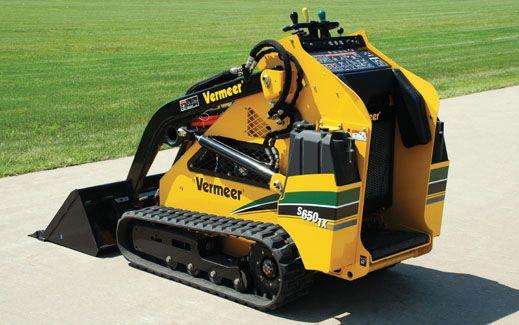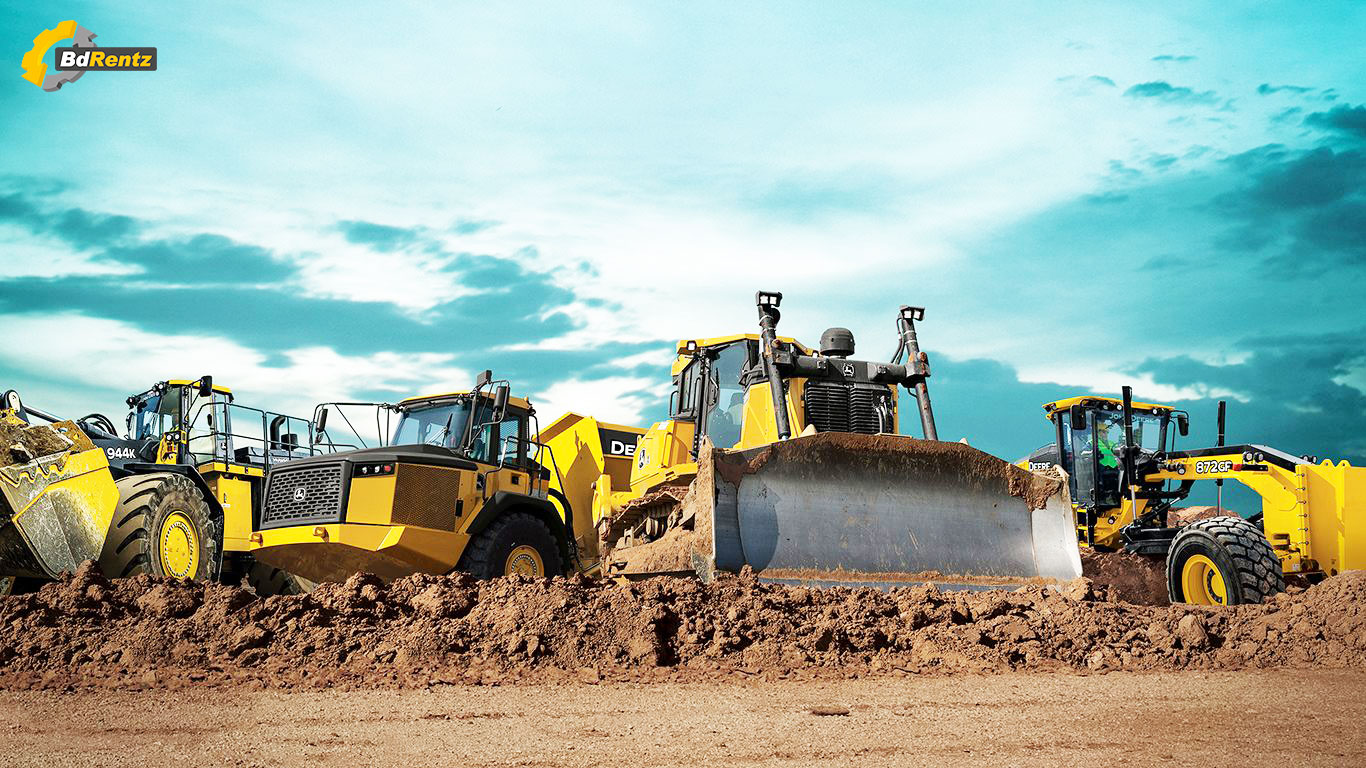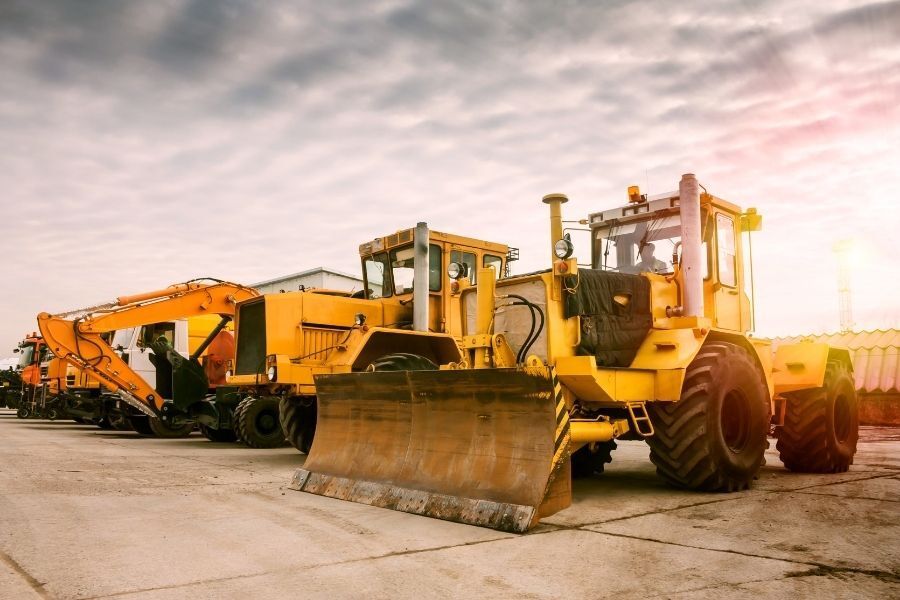Maximize Your Budget by Recognizing the Prices Linked With Building And Construction Tools Rentals
Comprehending the full range of prices linked with construction devices leasings is important for optimizing your budget plan. While the preliminary rental fee might appear simple, countless additional expenditures-- such as transport, fuel surcharges, and upkeep-- can swiftly collect, influencing your monetary preparation. Moreover, understanding various charges and the complexities of rental agreements can assist avoid unexpected economic problems. What methods can be used to efficiently manage these prices and guarantee an extra reliable rental experience?
Introduction of Rental Expenses
When taking into consideration construction tools rentals, understanding the associated expenses is extremely important for effective budgeting and job planning. Rental costs can vary significantly based upon numerous aspects, including devices type, duration of leasing, and area. The preliminary rental fee usually mirrors the equipment's market need and its associated operational capacities, affecting the general cost.
Along with the base rental price, ancillary prices might emerge, such as transportation charges, gas surcharges, and maintenance costs. It is important to represent these added expenditures to accurately assess the overall price of leasing devices. The rental duration can impact pricing; longer leasings may qualify for discounted rates, while temporary services could sustain higher daily costs.

Malfunction of Rental Rates
A detailed understanding of rental rates is necessary for service providers and task managers aiming to optimize their budget plans. Rental prices for building tools typically include several elements, consisting of base prices, time-based charges, and use costs.
Base rates are the core fees linked with the service of the devices, commonly established by the kind and dimension of the equipment. These prices can vary dramatically, affected by factors such as devices demand, schedule, and local market trends. Time-based costs, which may be daily, weekly, or monthly, serve to fit various task timelines and rental periods.
Furthermore, rental rates might include use charges, which apply when tools is made use of past a specified limit, ensuring that the rental business can make up damage. Seasonal need fluctuations can additionally affect rental rates, with peak construction periods generally commanding greater prices.
Moreover, recognizing the rental company's policies concerning maintenance and insurance policy can supply more insight into the overall price framework. By analyzing these parts, contractors can make enlightened choices, guaranteeing the choice of rental equipment straightens with both task requirements and budget plan restrictions.
Added Charges to Take Into Consideration
Comprehending the details of extra charges is vital for service providers to manage their overall service expenses properly. Beyond the conventional rental prices, numerous auxiliary fees can substantially influence the complete cost of tools rental. These fees frequently include delivery and pick-up charges, which can differ based on range and logistics associated with carrying the devices to and from the work site.
Furthermore, some rental firms might impose fuel additional charges if the devices is returned with less fuel than when rented. It is additionally vital to know prospective cleaning costs, especially for specific equipment that needs detailed maintenance after use.

Extensively examining the rental contract and making clear these added charges upfront can help professionals prevent unforeseen expenses and ensure that budget plans stay undamaged throughout the job lifecycle.
Repair And Maintenance Expenditures
Normal upkeep and fixing expenditures are often neglected elements that can considerably influence the general price of construction equipment leasings. When leasing tools, it is critical to consider not just the rental charges yet additionally the possible costs connected with maintaining the equipment in optimum operating condition.
Many rental firms include standard maintenance as part of the rental agreement; nonetheless, more comprehensive repair work or unforeseen malfunctions can bring about added costs. It's important to review the rental agreement thoroughly to comprehend rental company near me what upkeep services are covered and what obligations drop on the tenant.
Furthermore, tools that is not properly maintained can bring about ineffectiveness at work website, possibly creating delays and boosting job prices. To alleviate these threats, it is suggested to conduct regular inspections and preserve open communication with the rental provider relating to any type of concerns that occur throughout usage.
Insurance Coverage and Obligation Prices
Insurance and liability costs are vital elements that can substantially influence the total expense of building equipment rentals (equipment rental company). These expenses make sure that both the rental firm and the customer are shielded from prospective financial losses arising from accidents, damage, or theft during the rental duration

In addition, clients should understand any deductibles or exemptions in the insurance coverage policy, as these can impact possible out-of-pocket costs. Understanding the terms and conditions of any insurance policy protection is crucial to prevent unexpected costs. Inevitably, budgeting for insurance and responsibility expenses can assist ensure a smoother rental experience and shield against economic risks connected with construction tasks.
Final Thought
In verdict, a comprehensive understanding of the prices linked with construction tools services is necessary for efficient spending plan monitoring. Inevitably, educated decision-making regarding equipment services adds to the general success of construction undertakings.
Rental costs can vary significantly based on a number of elements, consisting of devices kind, duration of rental, and location (scissor lift rental). The rental period can influence rates; longer rentals might certify for discounted prices, while short-term leasings may incur greater day-to-day charges
By conducting thorough study and involving with trusted rental business, professionals can properly browse the intricacies of rental rates, eventually maximizing their economic sources.
Beyond the typical rental rates, numerous supplementary charges can considerably influence the complete expense of equipment leasing. Rental companies frequently give liability insurance coverage that covers injuries to 3rd events or damages to building, while tools damage insurance policy can cover the cost of repair services or substitute if the leased devices is harmed.